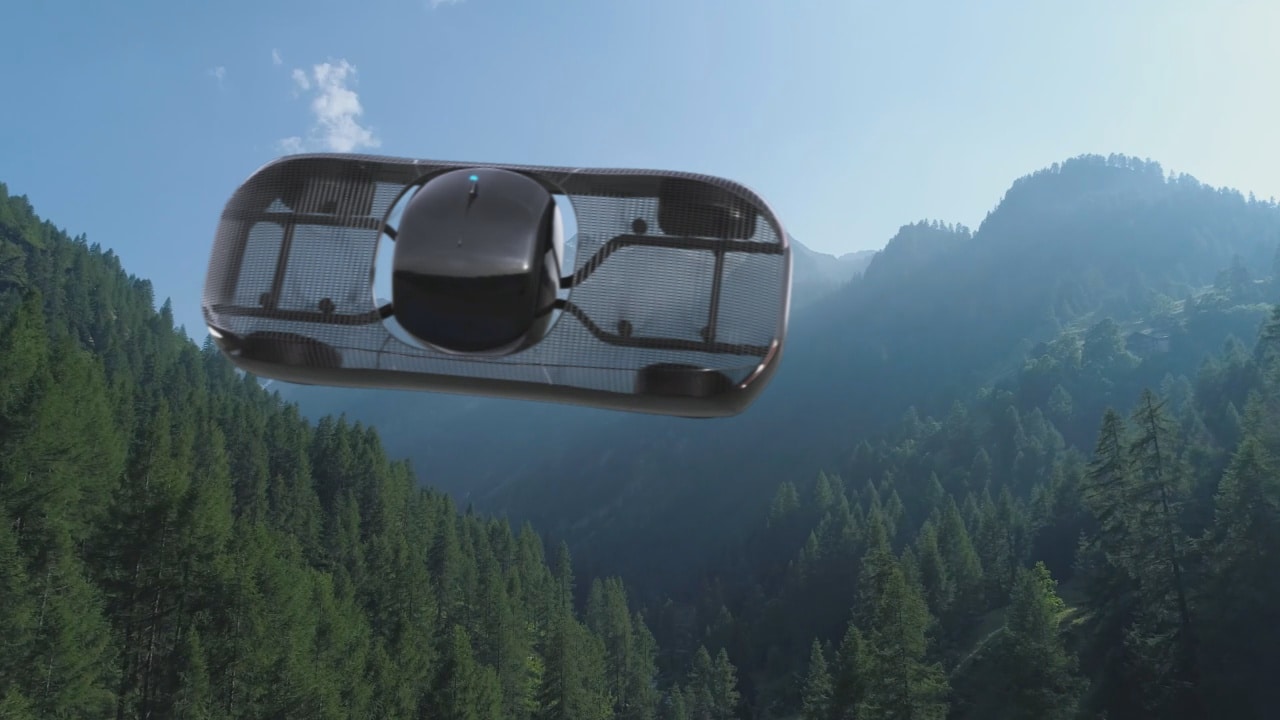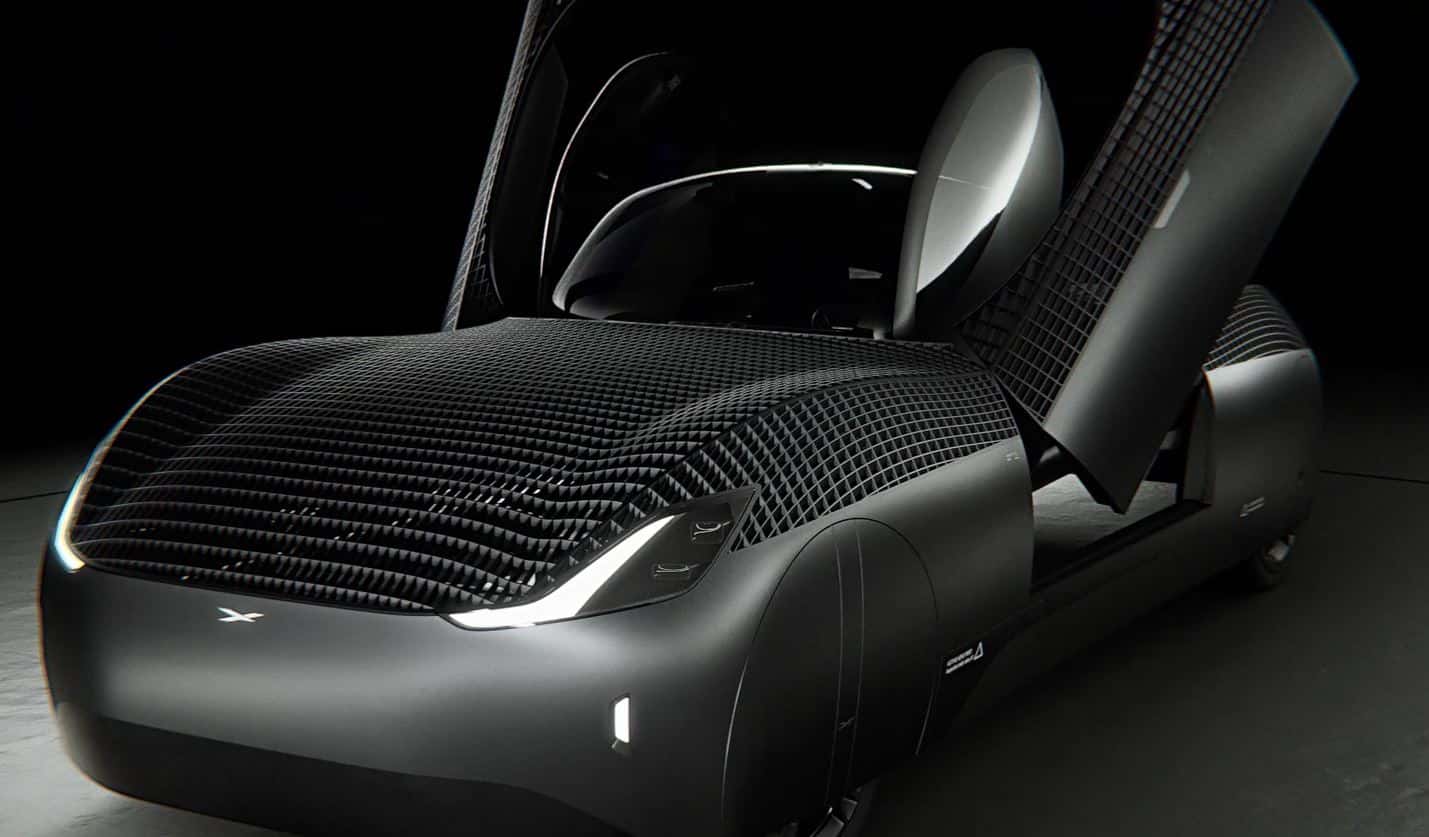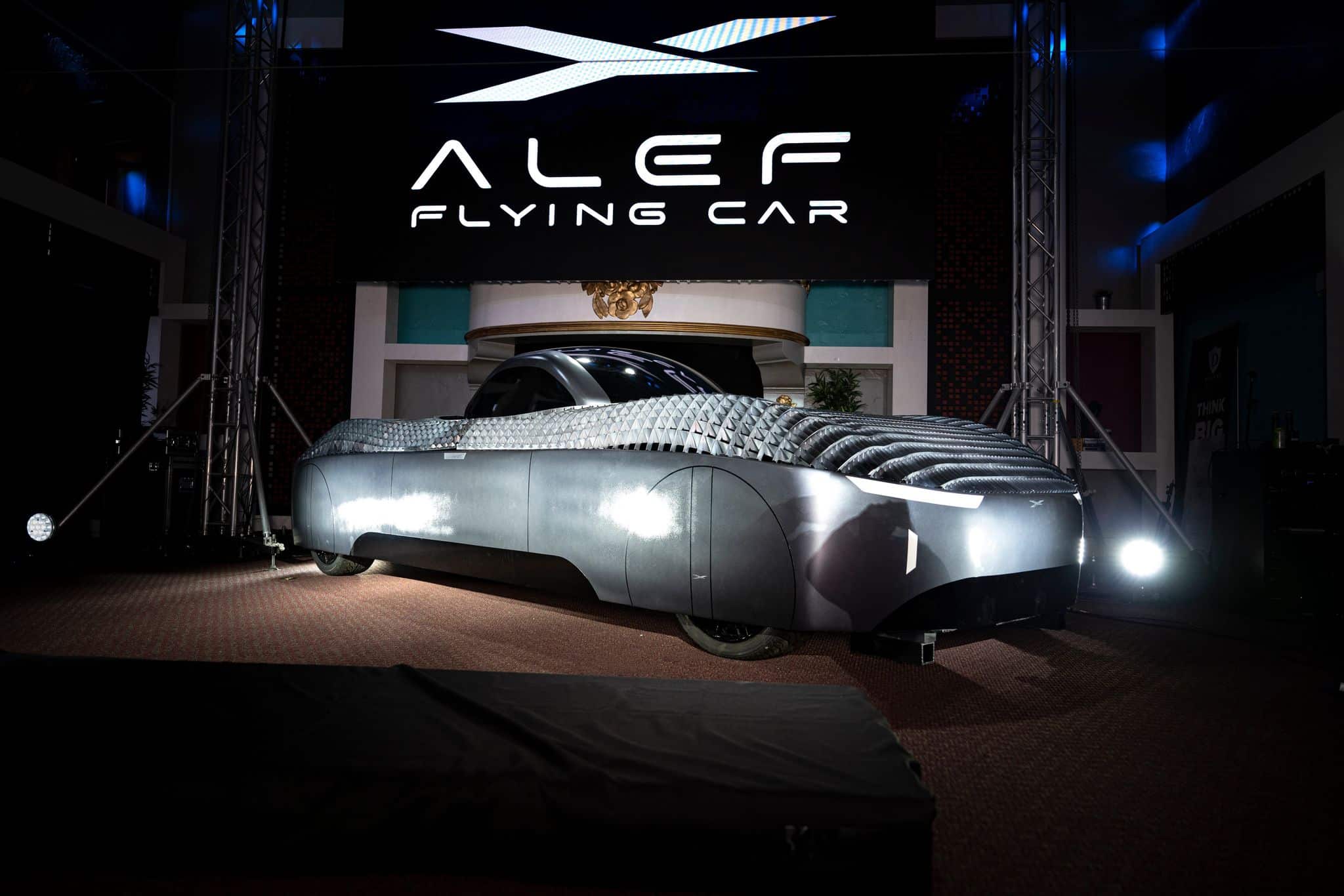
Californian-based firm Alef Aeronautics reveals it has notched up 2,500 in pre-orders, totalling revenue of $750m on delivery, for the “world’s first flying car,” as ‘80’s movie Back-to-the-Future’s prediction finally comes to fruition.
The first flying ‘Alef’ car is 100% electric, drivable on public roads (with the look and feel of a traditional car) but with the added functionality of vertical take-off and landing capabilities. It has the capacity to carry one or two occupants.
In June, Alef became the first traditional electric car to receive a limited Special Airworthiness Certificate from the Federal Aviation Authority (FAA).

The car itself will set you back $300,000 and fits into a regAlef “Model A,” a Low Speed Vehicle (LSV) which has legal speed and other limitations in most US states. The assumption is that, if a driver needs a faster route, they will use Alef’s flight capabilities, as the car is able to take off in the air vertically.
The car is able to fly in any direction (forward, backward, right, left, up, down, at an angle) and the company says it offers the ability for drivers to bypass problematic areas on the ground, by flying over them.
Being a clean energy vehicle, it is safe to use inside cities. And a hydrogen option may also may be offered to customers at a higher price, with an extended drive and flight range.
How did the flying car come about?
The company was founded by four engineering and computer science experts, Jim Dukhovny, Konstantin Kisly, Pavel Markin and Oleg Petrov, in 2015, with the first flying car concept sketched out on a napkin in a Californian café.
Thinking the project would take just 6 months, it has finally become a reality eight years later.
When coming up with the concept, the constraints were: it had to be a real car (driving in driving lanes, parking in parking spaces), with a vertical takeoff (otherwise it is not a real flying car), and it “has to be affordable for most people (not just the rich),” said the founders.
Although with a price tag of $300,000, there is a question over its affordability for anyone other than the super-rich.
After rigorous software and hardware testing, including wind tunnel simulations and flow dynamics, a body of a real arm-size RV car was taken, and the proprietary propulsion was installed.
A year in, the project caught the eye of billionaire Silicon Valley investor Tim Draper, who has made hundreds of VC investments in companies including Tesla and Theranos, as well racking up a fortune investing in cryptocurrencies.
And alongside a number of other world-experts who joined the Advisory Board, the concept was propelled forward.
In 2018, the first full-size ‘skeleton’ was flown, which proved to confirm that calculations and subscale research was correct. And in 2019, after four years of R&D, a full-size prototype was flown.
By 2021 the company’s leadership team were ready to extend their focus beyond just engineering, and turned to the look and feel of the brand. Their team expanded with the recruitment of the former exterior and interior Bugatti and Jaguar designer, Hirash Razaghi, with the remit of producing a modern sporty look and feel to the car.

Pre-orders, which became available via the company website in October last year, now include 2,100 deposits from individuals, and B2B agreements with businesses for the sale of 400 cars, the company has revealed. A Californian car dealership is set to be the first in history to sell modern aircraft, alongside standard road cars.
“We’re excited to see such strong initial demand for the Alef flying car. We’re are thankful for the notes of gratitude and inspiration we received with some of the pre-orders. We still have a road to go before starting deliveries, but where we’re going, we don’t need roads.”
Jim Dukhovny, Alef CEO
But the news raises many questions, will roads need flight lanes in the future? How will flying cars work alongside the aviation industry, including airplanes and light aircraft? Will there need to be additional driver’s licenses to incorporate flying cars? Will the technology be available for mass production, lowering prices to become more accessible for mainstream consumption?
What do you think? Let us know.
STAY UP-TO-DATE
For fresh insights, company news and business advice, subscribe to the weekly Matt Haycox newsletter, below.




